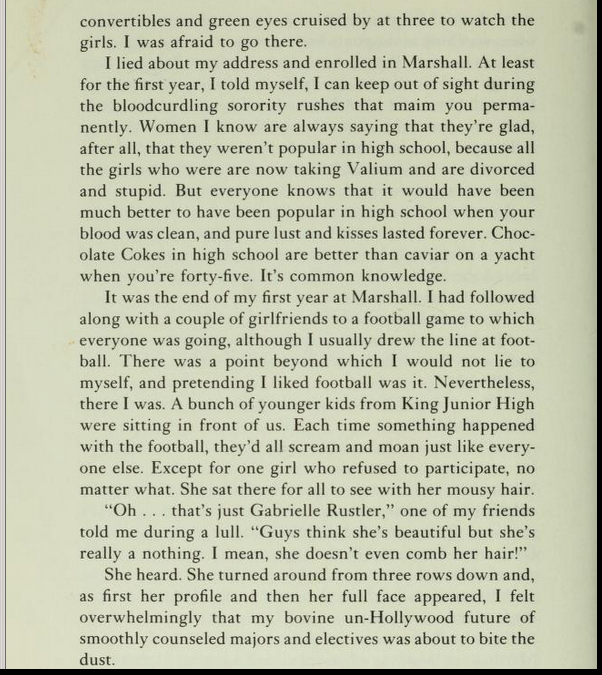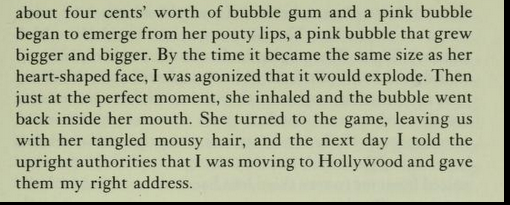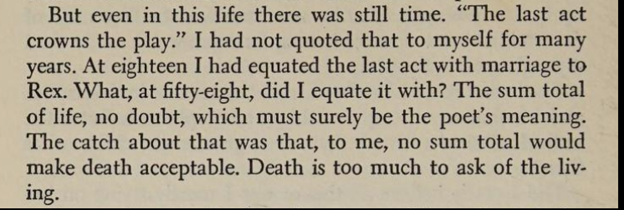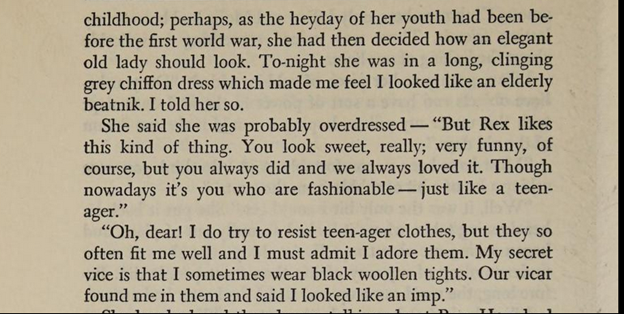Advice to myself.
All this spring I have struggled to juggle multiple projects: the book I want to finish, the conference paper that had to get written, the project I’m supposed to be working on. There was a lot of thrashing (see also previous posts on the topic). A chapter revision did not go well; it was a struggle to write paragraphs for a short section of it, the outline kept shifting around, progress was frustratingly slow. The conference paper proceeded in fits and starts, and I finished it the day before the conference began. Intermittently I tried to think about planning classes for next year, and did well enough at listing possible things to read, not so well at cutting the possibilities down to a manageable number for one 15-week term. The other research project . . . I’ve already confessed to enough trouble, so let us draw a veil.
I know perfectly well that I work better when I can concentrate on one main project. It’s not as if I have an ADHD brain that thrives on switching from one task to another. Certainly the new shiny thing always looks wildly attractive when the old one is troublesome, but pursuing the shiny object just leads to bogging down in a swamp of unfinished projects and losing the thread in all of them (apologies for mixed metaphor, but you see the sort of effect this situation has on my brain).
I got home and thought about things I need to do. In addition to the still-in-progress chapter, the Other Project, the class planning, and the possibility of developing the conference paper for publication, I was supposed to write another conference paper, related to a different chapter of the book.
Reader, I pulled the plug. I withdrew from that conference. The relief was huge. I then sat down and planned to focus for two weeks on the chapter revision which I will send out to a friend to look over, two weeks on class planning, one month on the Other Project, then get back to the book via the chapter a portion of which would have been the second conference paper. Following this plan, I worked on the chapter revision every day for three days, and while not finished, it is behaving itself and I expect I will be able to finish it in the allotted time, because I’m not thrashing and worrying about the other things that I’m not doing, nor am I putting it down in order to work on something else with a deadline.
Yay!
Only then I looked at the CFP for next year’s Medieval Academy meeting, and thought about the last conference paper (the one I just finished a few weeks ago), how little I was able to convey in 20 minutes, how well that material would fit at least two of the themes, and how I know a couple of people who might be interested in contributing to a session. Plus I could visit my friend who lives outside of Boston. It would be such a great opportunity! It’s nearly a year off; surely in that time I could . . .
No. No, no, no.
Or rather, let’s think of it this way: Yes to working calmly and peacefully on one thing at a time, to self-imposed rather than external deadlines. Yes to finishing my book. Yes to having next year’s classes planned and assignments written before the semester’s maelstrom drags me down, so that I can (yes!) teach and write and grade and do committee work and read and write in an organized way instead of constantly robbing Peter to pay Paul as the term rushes on and I realize I have not posted an assignment. Yes to putting in one solid month on Other Project in between book chapters, as a sort of palate cleanser. Yes to going back, eventually, to the April-conference-paper material and doing something with it when I can give it my full attention, when I’m not juggling a whole batch of other at-best-distantly-related things. Yes to visiting my friend near Boston sometime when I’m not distracted by a conference. Perhaps, eventually, yes to giving a paper at the MAA, when it really fits my priorities.
No new shinies, but yes to finishing the old well-burnished objects.




